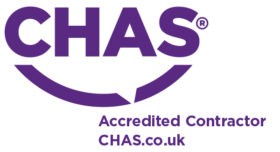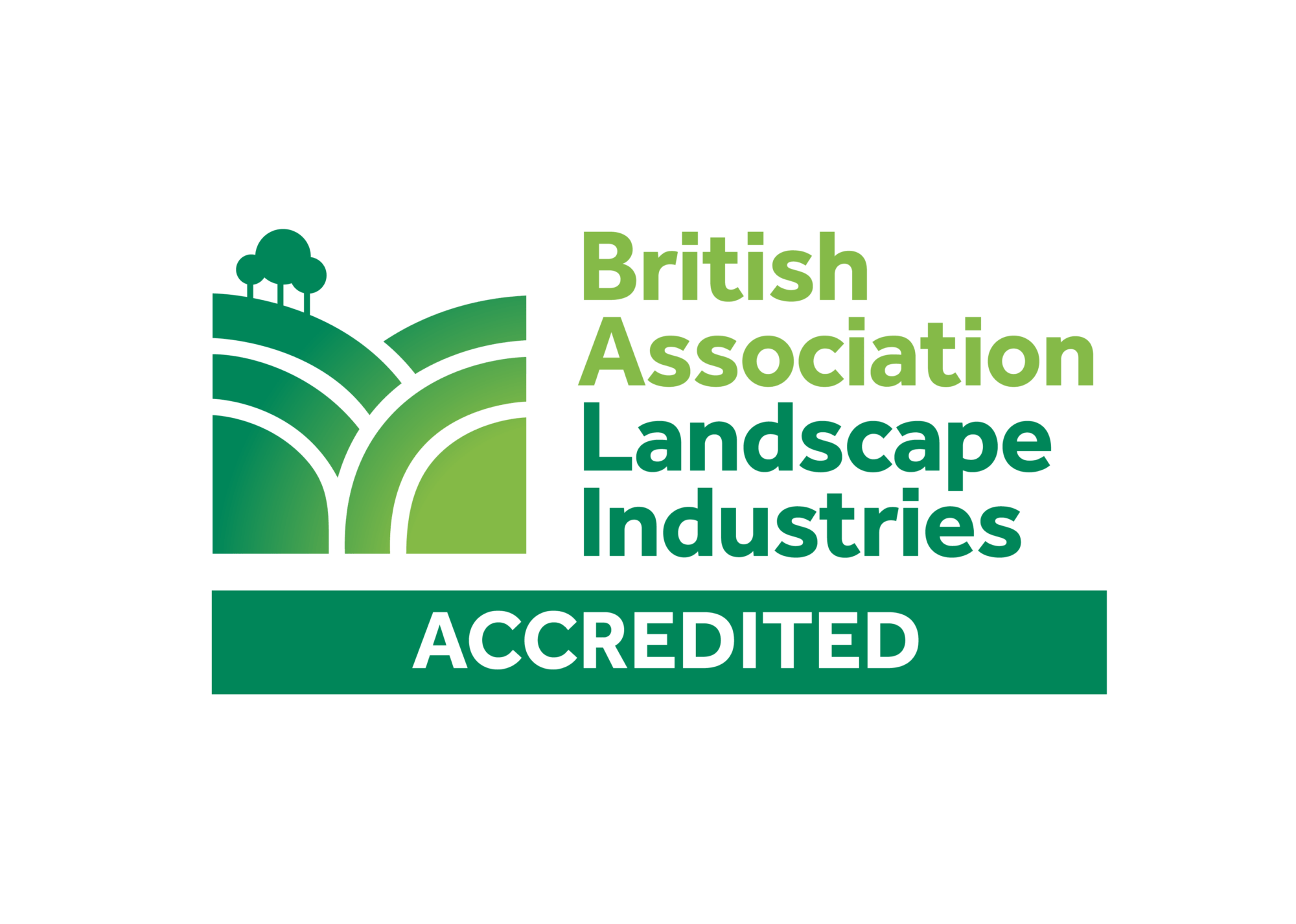Railings fulfil a variety of different roles. From helping keep people safe to deterring access, they are an important aspect of any commercial property.
Because they play such an important role, they are governed by a diverse range of regulations, including railing height.
Railing height regulations in the UK vary on where they are situated and what they are used for. There are different height regulations for outdoor and indoor railings.
In general, they must be high enough to prevent a fall and strong enough to face the tensions of overcrowding. Railings are also used as barriers to prevent entry, so must be big enough to deter access too.
Interpreting railing regulations can be complex. So, to help simplify things we’re going to guide you through UK railing height regulations and what they might mean for your business. Let’s get going…
Abiding the Law
Since businesses are liable for accidents under the Occupiers Liability Act (1957), it is vital that all railings are built in accordance with the law and British Standard BS1722 part 9.
There are different rules depending on where the railing is located.
Indoor Railing Height Regulations

For internal railings, such as balustrades or handrails, the height required is 0.9 metres (900mm) from the platform (from where you’re standing/floor level). However, you must consider the practicalities of the environment. If the space will be used by children, you must ensure your railing’s design doesn’t encourage climbing and also adheres to UK railing height regulations.
Outdoor Railing Height Regulations

Outdoor railings must be taller than 1.1m.
Outdoor railings for roofs and raised terraces are regulated differently to indoor ones at a minimum height of 1.1 metres from the platform or floor. Obviously, your railings can be as tall as you’d like, but they must be taller than 1.1 metres.
Railing Height Importance and What to Do if You Spot a Problem
You may be held liable for accidents that happen due to the unlawful standard of your railings, regardless of their location. Therefore, your railing strategy must be assessed and reassessed over time. Where risks are identified, it’s your ethical and legal duty to deal with them effectively.
Railings must not only stand up to inspections but meet the challenges of every building or location too. You should think beyond the law, always addressing authentic risks, like mentioned earlier about children and railings.
How Alpha Rail Can Help
This guide is a summary of some key points for consideration when specifying railings based on railing height regulations in the UK.
For more detailed advice on these regulations or any other current standards, please contact us. We’d be more than happy to help and would love to share with you all of our technical knowledge gained.
We’ve been in the railing business since 1985, considering ourselves to be one of the leading fabricators of architectural metalwork in the UK.









